Art as a catalyst for change
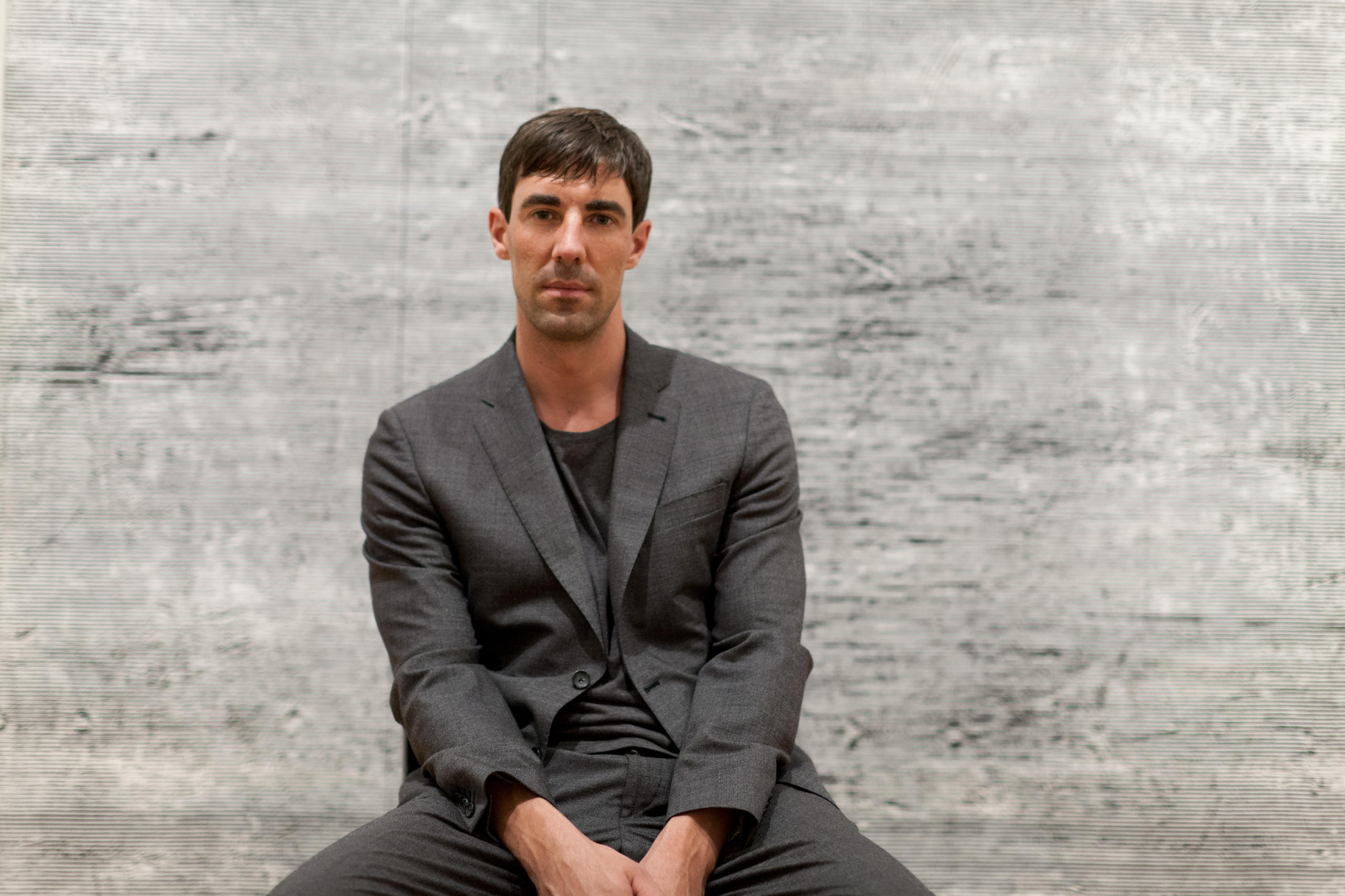
What’s an up-and-coming contemporary art curator from Switzerland doing in the American Midwest Rust Belt? The answer lies in a city experiencing a rebirth.
Reto Thüring had to find Cleveland on a map when he was called for an interview with the city’s art museum in 2012, and he had no real expectations of what lay ahead.
Cleveland Museum of Art (CMA) External linkhad just finished a major renovation, and a new gallery space was about to open. Thüring says he was impressed by the museum’s potential and eager for what was to come, even if some of the challenges of living in a rebounding American city – crime, poverty, blight – are very different from a life in Switzerland.
“Switzerland is extremely different from what’s going on in the United States. Switzerland is a very contained, small country, and it’s been a very successful and, one could say, maybe a very lucky country,” he says, adding how grateful he is to be able to live and experience something so different.
“There’s another kind of diversity here that just doesn’t exist in Switzerland and knowing that, I find it very enriching,” he says.
His wife Franziska and he had decided time in the United States would be a great experience for a young curator, seeing a very different museum history and tradition than in Europe.
“In Switzerland museums are mainly supported by the government, and here it’s the other way around, there’s very, very little public money, and a lot of private support, and it’s something that will be changing in European institutions, so one can learn a lot here,” he says.

The transforming Transformer
At first glance, the CMA’s Transformer Station looks like nothing more than a small, red brick remnant of an industrial city’s past. One of 16 substations that powered Cleveland streetcars until the 1940s, big cranes and chains survive inside from the building’s past life. They now play roles in contemporary art exhibitions that Thüring curates.
“I’ve seen the city changing. This is change that happens in small pockets,” the Basel-native says, sipping a coffee in the atrium of the main CMA.
The CMA sits in a well-preened area on the east side of Cleveland External linkthat also hosts the world-famous Cleveland OrchestraExternal link directed by Franz Welser-Möst, the main campus of the Cleveland Clinic, and Case Western Reserve University.
The Transformer StationExternal link, though, is in the city’s near west side. The gallery acts as a satellite space for the CMA in a neighbourhood being reborn with quirky shops, and big hopes. “Hingetown”, as the neighbourhood is dubbed, is seeing plans for tens of millions of dollars worth of property and development projects aimed at building a community in an area once plagued by drugs and crime.
Art is part of the equation.
“I’ve seen the neighbourhood transforming in just this short period of time that I’ve been here, in a very, very substantial way. It’s really interesting what that small corner has become in just like three years, and I think Transformer Station was certainly a very crucial part of that transformation,” Thüring says, adding however that “it wasn’t, absolutely not, the only reason”.
“I very much believe in art as a tool for transformation and for change, but at the same time its limitations should be acknowledged.”
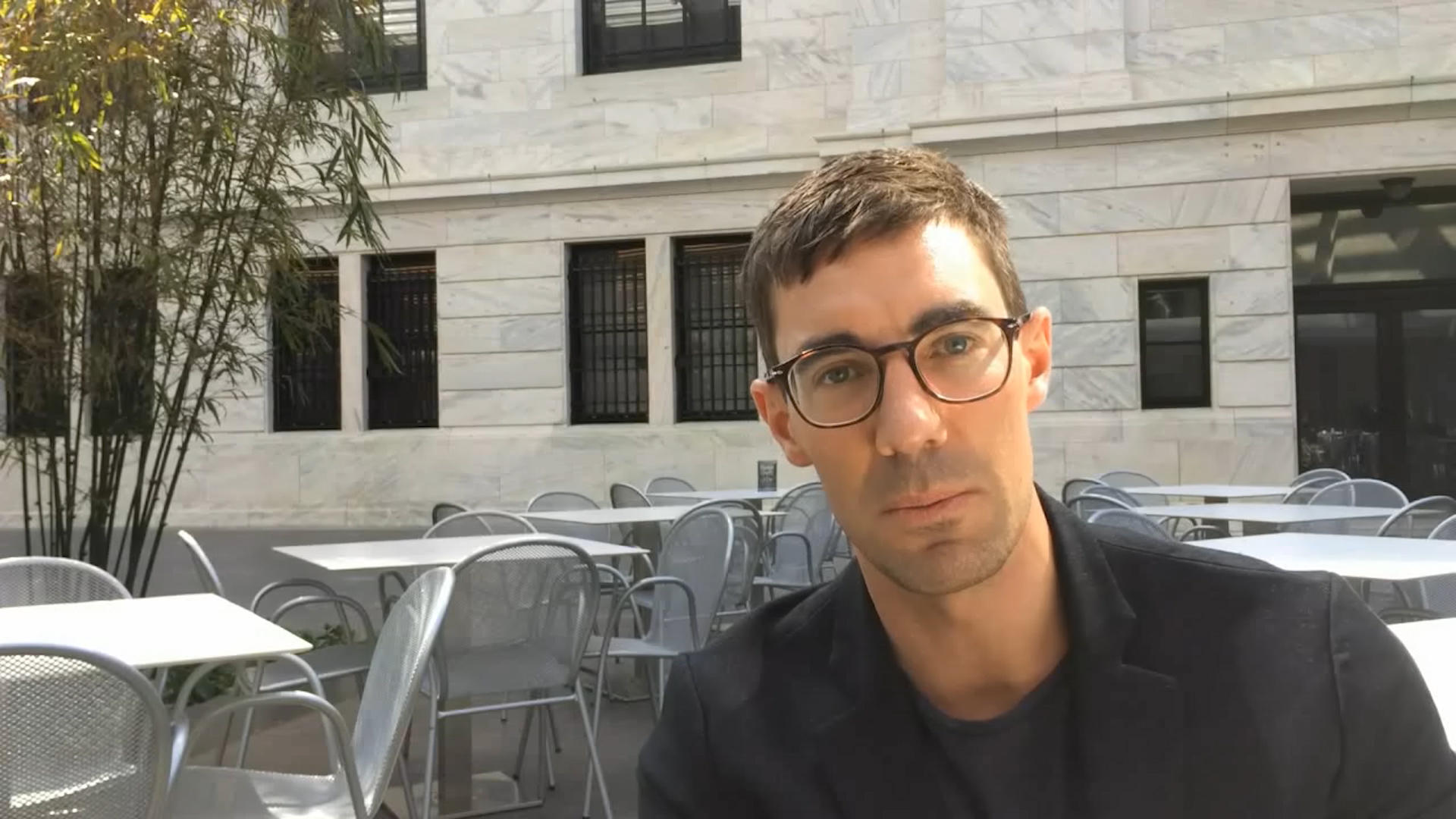
More
Reto Thüring on being a curator
Swiss Made
Thüring’s formative years in Switzerland were a far cry from the Cleveland renaissance he’s living in now, but art has always been within grasp.
The 35-year-old studied at the University of Basel, completing his PhD in art history with a dissertation on Venetian Renaissance paintings, his second artistic love.
But Thüring has a special relationship with contemporary art, sometimes defined as the work of living artists, or post-War, or, in the case of Cleveland’s museum, art made after 1961.
“Contemporary art does not only talk about current issues, it also reacts in a very direct way to things that happen at this very moment, and things that I myself experience as well,” he says.
And in working with living artists, Thüring cherishes more of a give-and-take in his work.
“As a curator you deal with objects, but if you do an exhibition with a contemporary artist you deal with an artist in the first place, and with a person who makes objects. And that’s a different kind of conversation,” he says. “And I’m always keen to see where a conversation like that ends.”
Thüring says his artistic formation benefitted from being surrounded by some of the best contemporary art institutions anywhere: the Kunsthalle BaselExternal link, Kunsthalle ZurichExternal link, and museums with broader collections like the Kunstmuseum BaselExternal link and Fondation BeyelerExternal link.
In some ways his efforts at the Transformer Station echo the Kunsthalle spaces, being places that are meant to exhibit and do projects, and not just collect works.
“For me and for the museum, the Transformer Station turns out to be a great opportunity to, I wouldn’t say to take more risks, but I would say to be a little more experimental,” Thüring says. “I think the Transformer Station doesn’t come with the same kind of baggage or sort of historical background [of the main museum], and therefore I think for us it’s a fantastic way to paint with broader strokes, in a way.”
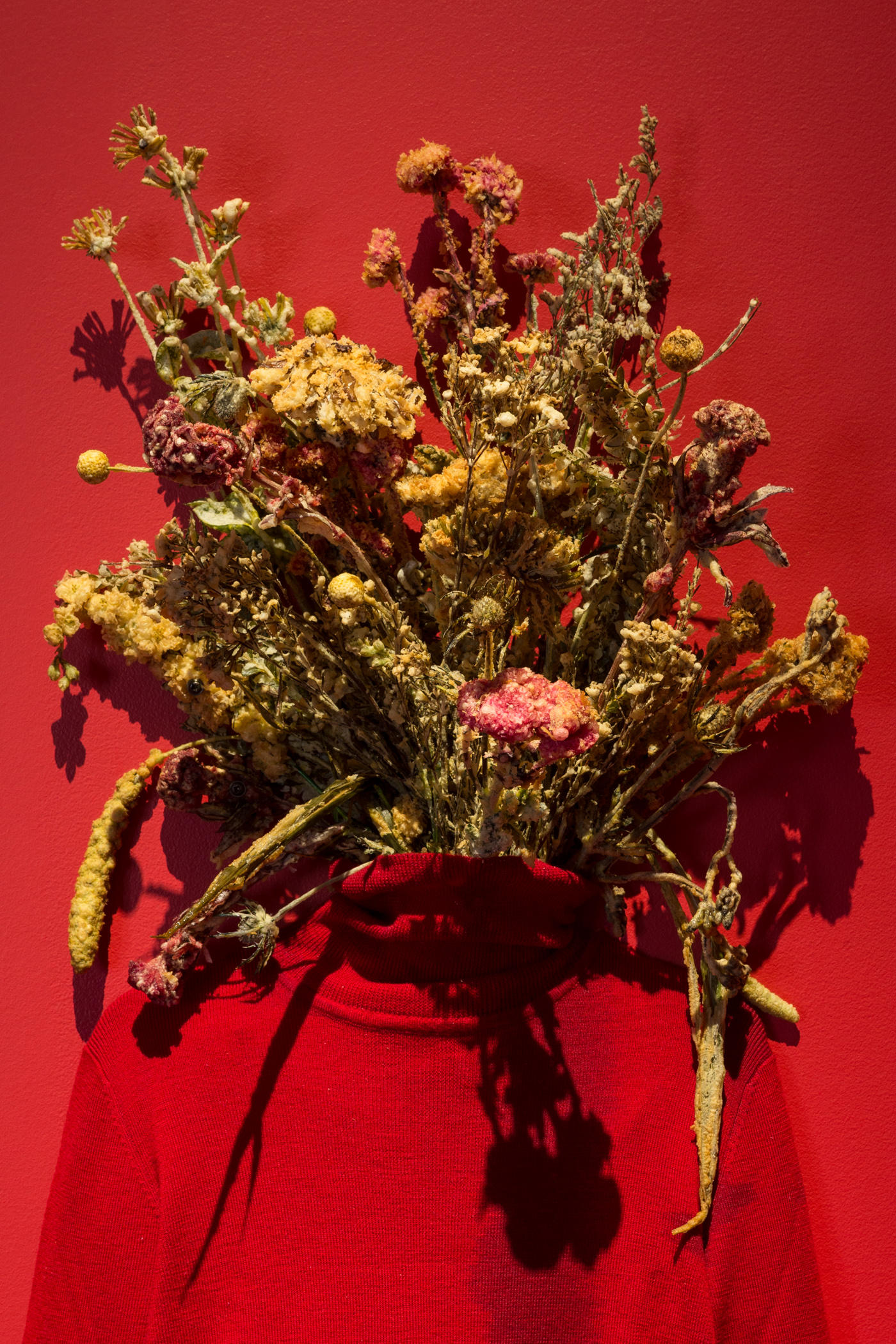
In 2014, for example, the Transformer Station hosted an exhibition from Anicka Yi,External link curated by the CMA’s assistant curator of contemporary art, Beau Rutland. The sculpture engages multiple senses, especially scent. One piece, Sister, portrays a weeping woman whose head has been replaced by a battered, long-dead bouquet of flowers affixed to a turtleneck sweater hanging above a puddle of peanut oil.
It’s a piece that works in a satellite gallery with experimentation in its DNA, but maybe wouldn’t work as well in a traditional museum setting in an encyclopedic museum.
“In a way [the Transformer Station] helps us diversify our approach to contemporary art and it does help us be an important voice in the discourse,” Thüring says.
In December 2016 Thüring is planning an exhibition of artwork by German contemporary painter Albert Ohlen External linkto conclude the CMA’s centennial year. Thüring says Ohlen, who has spent a great deal of time in Switzerland, is an influential artist who focuses very much on the medium, and who intentionally thinks about the history of art in general in his work.
It’s a fitting way to close out the year: looking backwards and forwards at the same time.
In some ways Cleveland is also looking to what it was and what it can be. And Thüring is experiencing that process up close, in small pockets and big.
“I feel a positive energy, and an energy that I think can really last a long time and make a difference,” he says.

In compliance with the JTI standards
More: SWI swissinfo.ch certified by the Journalism Trust Initiative
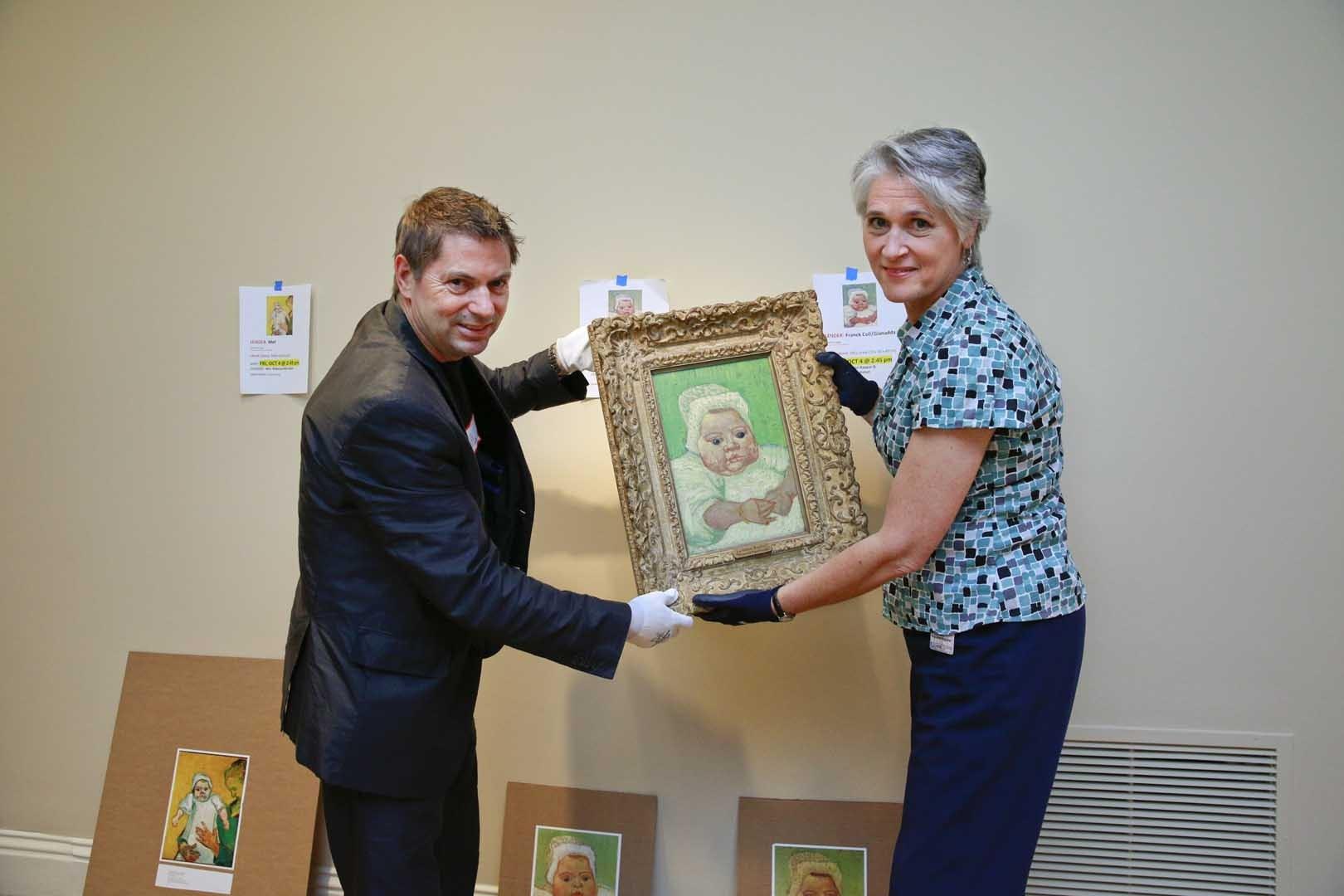
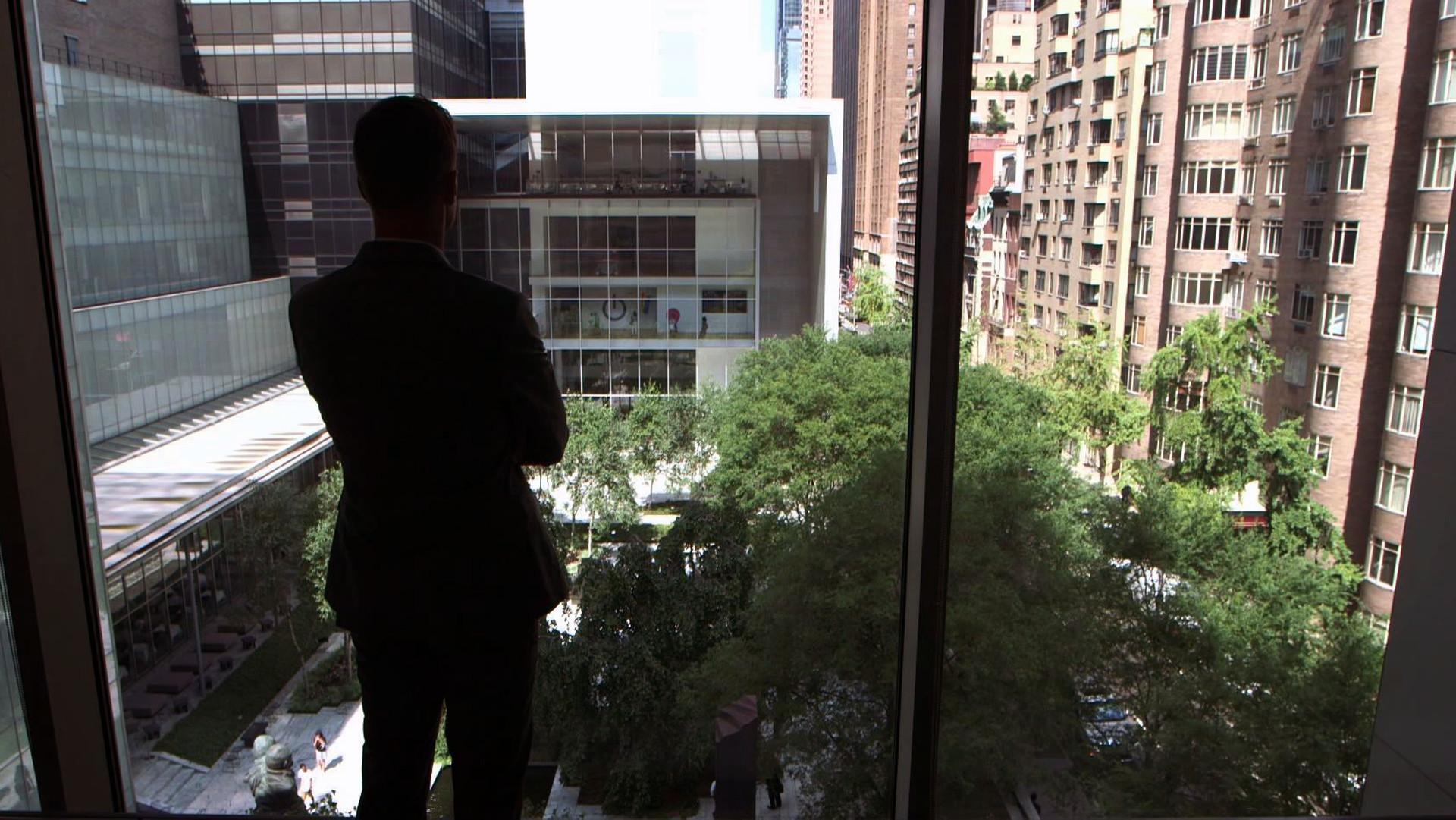
You can find an overview of ongoing debates with our journalists here. Please join us!
If you want to start a conversation about a topic raised in this article or want to report factual errors, email us at english@swissinfo.ch.